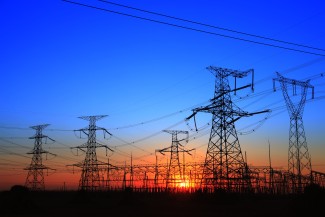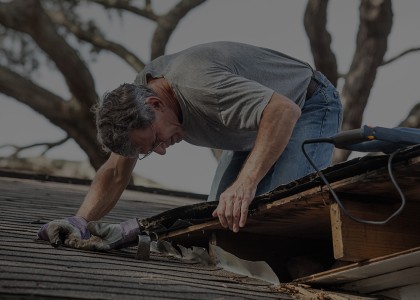The energy efficiency sector is the largest employer in the clean energy economy. It offers competitive pay, but not everyone is benefiting from this economic powerhouse: Hispanic people, Black people, and women represent a smaller share of the energy efficiency workforce than the national workforce. However, programs around the country are increasingly using focused outreach and training to bring people from underrepresented groups into the energy efficiency field.
An ACEEE report released today highlights several exemplary programs operated by utilities, state agencies, and community-based organizations and the strategies they are finding successful. In conjunction with the report, a newly launched four-month learning group, led by ACEEE, welcomes participants who want to learn more about prioritizing diversity and inclusion in energy efficiency workforce development.
Efficiency jobs pay more than the national average
On average, efficiency jobs pay between $2 to $5 per hour more than the average national wage. This difference is especially important in light of the COVID-19 pandemic and its economic fallout, as these jobs can help unemployed workers get back on their feet financially.
Before the pandemic, employers expressed difficulty finding qualified energy efficiency workers, often citing candidates’ lack of experience, training, or technical skills. As utilities, state agencies, and program administrators resume efficiency programs and look to prepare the workforce of the future, they can offer programs that engage underrepresented workers.
Utilities and other administrators of ratepayer-funded efficiency programs spend about $8 billion annually working with millions of energy efficiency workers. Given that the efficiency workforce lacks diversity, utilities and efficiency program administrators can play an important role in making it more inclusive. They often know which efficiency technologies and services their customers and constituents will seek, as well as the types of skills and workers necessary to deliver them. For example, a utility with a whole-home upgrade program knows that it will need workers to handle system upgrades and install individual efficiency measures.
Here are two strategies used by programs leading the way on inclusive workforce development:
Engage people from underrepresented groups with training and internship programs
To increase the pipeline of workers from underrepresented groups, utilities, state agencies, and program administrators can offer training programs to contracting firms. When firms complete such trainings, they become eligible to participate in delivering efficiency programs. Utilities, state agencies, and program administrators can also offer internships to students from underrepresented groups.
As part of its Workforce Training Investment Plan, the New York State Energy Research and Development Authority (NYSERDA) will spend more than $100 million through 2025 on clean energy and energy efficiency workforce development and training. In disbursing funds, NYSERDA focuses first on projects that train and provide job placement services to priority populations, such as communities located near environmental hazards and low-income individuals.
NYSERDA requires that trainers and contractors demonstrate that any clean energy training they are offering new workers is in direct response to business hiring needs. The agency funds training for workers, as well as an internship program for students, recent graduates, and people from other priority populations.
Students in NYSERDA’s energy efficiency and clean energy technology training (Source: Willdan)
Focus on supplier diversity and inclusive procurement
Utilities can choose to work with minority-, women-, disabled-, and veteran-owned business enterprises to design, administer, and implement their energy efficiency programs. They can offer these firms technical training, business development support, and help qualifying as contractors who deliver their efficiency programs.
Earlier this year, through its Diverse Energy Efficiency Service Provider Incubator Program, Illinois investor-owned utility Commonwealth Edison (ComEd) trained minority-, women-, disabled-, and veteran-owned contracting firms on its portfolio offerings. The utility also provided these firms with administrative support, helped them obtain necessary certifications, and worked with them to secure financing for equipment. ComEd collaborated with community-based workforce development organizations to recruit contracting firms into its program and provide them back-office support.
Energy efficiency as a pathway to a more inclusive economy
Through the diversity and inclusion strategies we explore in this research, program administrators can introduce well-paying energy efficiency jobs to individuals who have historically been excluded from this sector of the economy. From supplier initiatives to internship programs, the workforce development programs we identified demonstrate that diversity in energy efficiency begins with equipping people with skills and connecting them with employment opportunities. Doing this requires a conscious, intentional effort to address the obstacles that have historically excluded women and people of color from the energy efficiency workforce and other paths of economic inclusion.
Get Involved
If you would like to join ACEEE’s four-month, virtual workforce development learning group for utilities and efficiency program administrators, please email Roxana Ayala at rayala@aceee.org.





